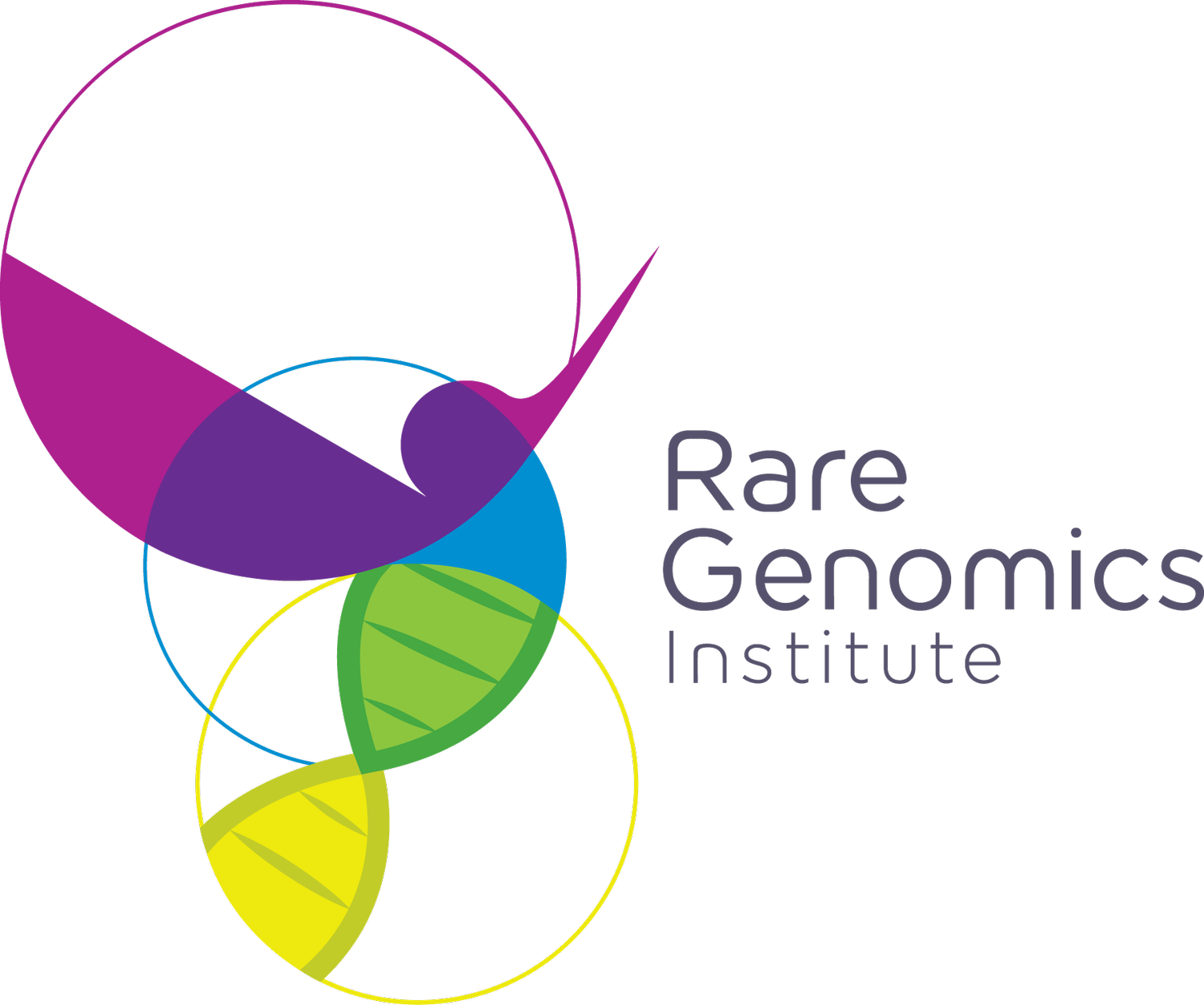Moyamoya
What is Moyamoya?
Moyamoya disease is a rare cerebrovascular disorder that is caused by blocked arteries in the basal ganglia, an important part of the brain that is associated with the regulation of motor control. Moyamoya typically affects children, but can also occur in adults.
In children, the usual first symptoms are strokes, or recurrent transient ischemic attacks (TIA), also known as “mini-strokes”. Muscular weakness, paralysis, or seizures often occur as well. Adults often experience hemorrhagic strokes due to recurrent blood clots in the blood vessels. Other symptoms include disturbed consciousness, speech defects, sensory and cognitive impairments, loss of motor control, and vision problems.
What is the prevalence of Moyamoya?
Originally, Moyamoya was thought to only affect people of Asian descent. However, cases have been emerging from people of many nationalities. Incidences of Moyamoya peak in two age groups: when children are approximately 5 years of age, and adults in their mid-40s. It is nearly twice as common in females as in males. Of all pediatric cerebrovascular diseases in Japan, Moyamoya is the most common one, with approximately 3 cases per 100 000 children. There are 0.086 cases per 100 000 Americans.
How is Moyamoya diagnosed?
Moyamoya is most frequently diagnosed with MRI scans, MRA scans, or CT scans. However, these methods do not allow for doctors to design a surgery plan. By taking a cerebral angiogram, a map of the carotid arteries can be seen. Doctors are able to visualize the extent to which the blood vessels in the brain have narrowed, and see the new, thin vessels generated by the disease.
Is there any specific gene/pathway in Moyamoya that has been identified?
Genetic factors appear to play a major role in Moyamoya. Associations with loci on chromosomes 3, 6, 8, and 17, as well as specific HLA haplotypes, have been described.
Of particular interest is the genetic link between enzyme regulation and the abnormal levels and activity of related proteins. An example pathway undergoing studies is the possible mutation of TIMP-2, a regulator of matrix metalloproteinases.
How is Moyamoya treated?
Moyamoya is typically treated with revascularization surgery, which opens narrowed blood vessels to restore blood flow to the brain. The surgery is more common for children, although it has shown to be effective in both children and adults. Depending on the neurologic impairment, occupational therapy, physical therapy, cognitive therapy, and speech therapy may be considered as part of the rehabilitation process.
Are there any clinical trials underway for Moyamoya?
Yes, the NINDS and NIH are currently conducting research for moyamoya, which includes clinical trials to study how the disease develops in the brain. More information on patient recruitment for the NIH’s clinical trials can be found here.
How can RareShare be helpful to Moyamoya patients and families?
The Moyamoya Rareshare Community has 38 members. There are currently 5 active discussions underway, helping to connect patients, health workers, caregivers and families interested in Moyamoya and providing them continual access to community resources.
RareShare, MGCI Cancer Society and RGI Chapter
